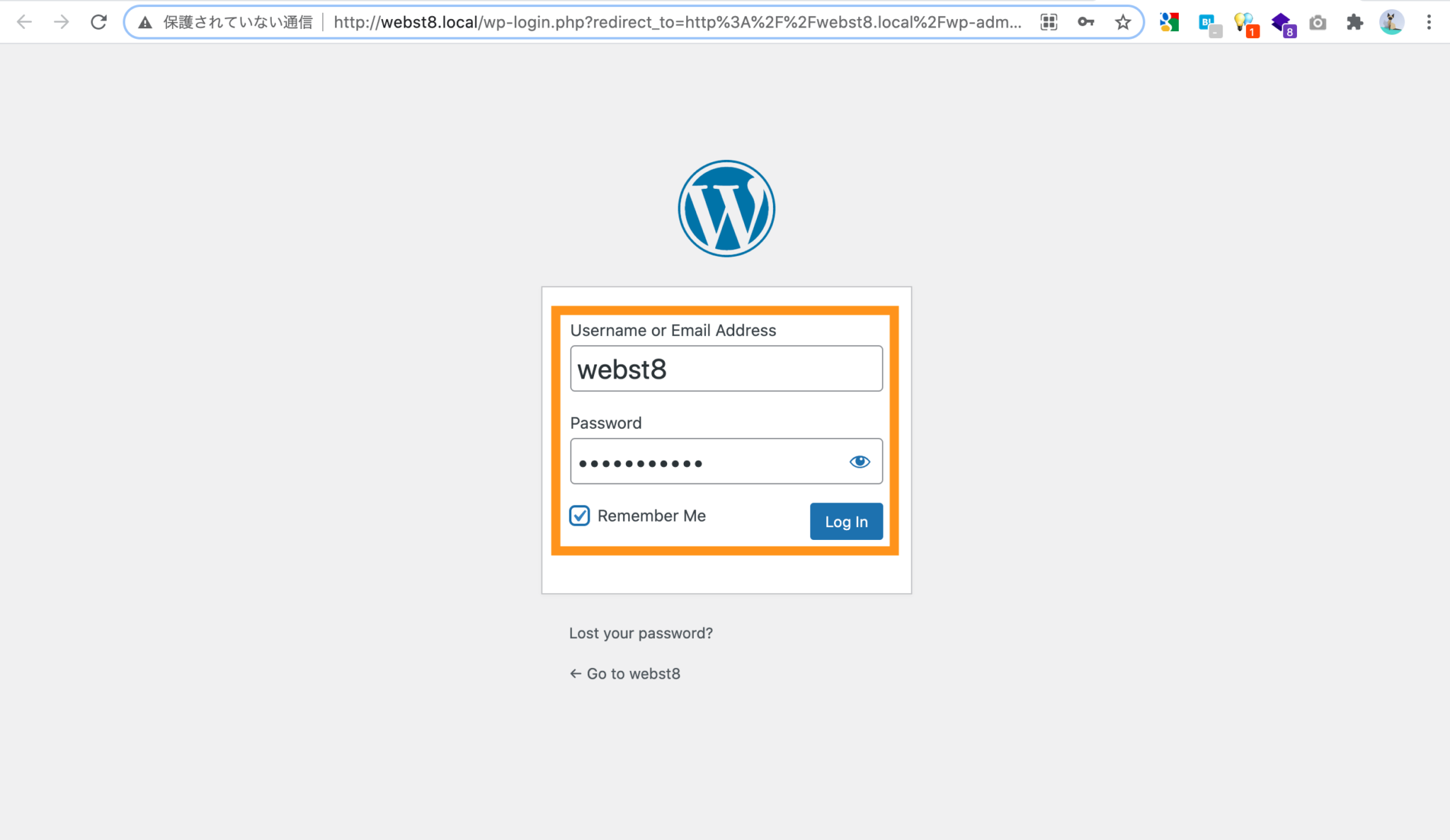

- #Local by flywheel rollback changes manual#
- #Local by flywheel rollback changes software#
- #Local by flywheel rollback changes code#
I’m not against using commercial software but being oss is generally a boon, imho. Closed Source – Local, unlike most other local dev solutions, is closed source.There are challenges with using it but I’m fairly comfortable with it and at the moment the limitations of Local are too significant for me to make the switch.įWIW, I’ve outlined the salient issues below: The one I’ve been using for perhaps a year now is VVV, which uses Vagrant under the hood. I don’t expect to find the perfect solution. From WAMP to Docker to Vagrant they have all had their benefits and limitations. I’ve used a wide variety of local dev environment solutions. Why I’ve Decided to Stay with VVV…for now… Cygwin – allows one to run some generally Linux native applications.ngrok – allows for sharing of one’s local dev server quickly and easily.Mailhog – catches all mail sent by WP and allows you to review it.WP Engine DevKit – not exactly sure how this factors in yet, its tooling from WP Engine for working with WP.WP-CLI – for command-line WP management.

#Local by flywheel rollback changes manual#
I’ve been unable to get Composer running with Local with either the Windows Composer installer (see towards bottom of page) or the manual method.Don’t allow Composer to setup php.ini file.Path should be something like: C:\Program Files (x86)\Local\resources\extraResources\lightning-services\php-7.3.5+6\bin\win64\php.exe. Composer won’t detect Local’s PHP by default, need to navigate to it manually.~/Local Sites/nameofsite/conf/php/Ĭhange display_errors = On to display_errors = Off.
#Local by flywheel rollback changes code#
hbs? This seems to be the extension for Handlebars Templates and while I normally think of Handlebars being for templating code it apparently can also be used in config files, thus allowing for dynamic values in Local’s config files. For example, php.ini can be edited at \Local Sites\nameofsite\conf\php\. Note, however that you’ll want to edit the configuration files inside of your specific Project within Local Sites. For me this looks like: \php-7.3.5+6\bin\win64\php.exe. Within the specific server software folder you’ll probably need to find the desired binary (e.g. nginx, php, mysql, mariadb, and mailhog are yet one level deeper inside lighting-services. You can find the component server software used by Local in the extraResources subdirectory. All sites are installed in a Local Sites folder at a path something like C:\Users\username\Local Sites.


 0 kommentar(er)
0 kommentar(er)
